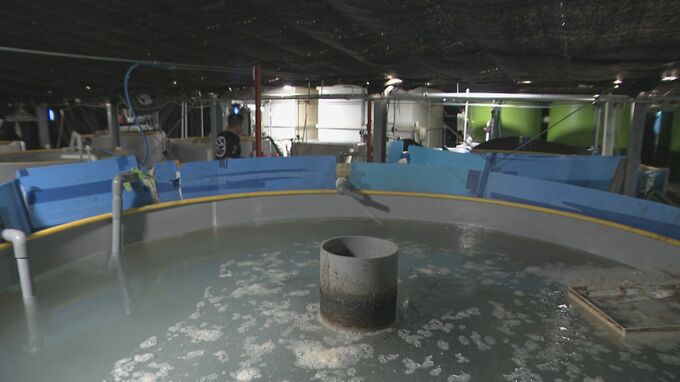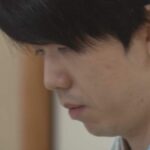As the summer “Day of the Ox” approaches, eel restaurants are bustling with customers during this peak season.
This year, the “Day of the Ox” falls on July 19th and 31st. In Nagoya’s Sakae district, the “Lunch-Only Eel Restaurant” is particularly busy.
(Customers)
“I came because I heard they serve affordable eel for lunch. I even took an early break to get here.”
“I traveled from Tokyo after seeing how delicious it looked on Instagram.”
“I came all the way from Chiba.”
This franchise restaurant serves a full Japanese eel rice bowl for 2,900 yen and a hitsumabushi set for 2,600 yen—about half the usual market price. Their main location in Sakae is always crowded. The eel is carefully grilled over charcoal, resulting in a crispy exterior and fluffy interior.
(Customers)
“I finished it in just a minute! The eel was so tender, and the rice was delicious.”
“The skin was perfectly crispy—I’m completely satisfied.”
Meanwhile, we visited an eel farm in Tsushima City, Aichi Prefecture. Inside the greenhouse, around 80,000 Japanese eels are being raised. Interestingly, this farm only began operations in July of last year.
Originally, this greenhouse was used for flower cultivation before being abandoned due to a lack of successors. It once grew cyclamen and herbs.
The CEO of an IT company based in Nagoya noticed that Tsushima City—where his business has an office—was labeled a “municipality at risk of disappearing.” Seeing many abandoned greenhouses in the area, he wanted to create jobs and revitalize the community.
After discussions with business partners, they came up with the idea of repurposing unused greenhouses for land-based eel farming.
Day of the Ox
The **Day of the Ox** (*Doyo no Ushi no Hi*) is a traditional Japanese event occurring on the first day of the Ox in midsummer, based on the lunar calendar. It is part of the *Doyo* period, marking the hottest time of the year, and is associated with eating eel (*unagi*) for stamina and good health, a custom popularized during the Edo period (1603–1868). The practice reflects ancient beliefs in the restorative power of certain foods during seasonal transitions.
Lunch-Only Eel Restaurant
The “Lunch-Only Eel Restaurant” is a unique dining spot specializing in fresh, traditionally prepared eel dishes, served exclusively during lunch hours. Originating in Japan, where eel (unagi) is a prized delicacy, this concept reflects the cultural emphasis on seasonal and time-specific meals. The limited hours ensure the eel is cooked to perfection, often grilled over charcoal and glazed with a sweet-savory sauce, following centuries-old techniques.
Sakae district
The **Sakae district** is a vibrant commercial and entertainment hub in Nagoya, Japan, known for its shopping centers, nightlife, and dining options. Historically, it developed as a key urban area post-World War II, with landmarks like the **Oasis 21** complex and the **Nagoya TV Tower** symbolizing its modern growth. Today, Sakae blends contemporary attractions with cultural events, making it a lively destination for locals and tourists alike.
Tsushima City
Tsushima City is located on Tsushima Island in Nagasaki Prefecture, Japan, and is known for its rich history as a strategic gateway between Japan and the Korean Peninsula. The island played a significant role in ancient trade, as well as during the Mongol invasions of the 13th century and the Japanese invasions of Korea in the 16th century. Today, it is recognized for its natural beauty, traditional culture, and historical sites such as the Kaneda Fortress ruins and Watatsumi Shrine.
Aichi Prefecture
Aichi Prefecture, located in central Japan, is a vibrant region known for its rich history, modern industry, and cultural heritage. It is home to Nagoya, the country’s fourth-largest city, and historic sites like Nagoya Castle, built in 1612 by the Tokugawa shogunate. Aichi is also famous for its traditional crafts, such as Seto pottery, and as the headquarters of major companies like Toyota.
Nagoya
Nagoya is a major city in Japan’s Chubu region, known for its rich history and modern industrial prowess. It was a key castle town during the Edo period, home to the impressive Nagoya Castle, built in 1612 by the Tokugawa shogunate. Today, Nagoya is a vibrant economic and cultural hub, famous for its automotive industry (Toyota), traditional festivals, and landmarks like Atsuta Shrine, one of Japan’s most important Shinto sites.






